1939 AD
- September 1 – Beginning of World War II:
- Opening shots of World War II and invasion of Poland: At 4:45 Central European Time, under cover of darkness, the German WWI-era battleship Schleswig-Holstein quietly slips her moorings at her wharf in Danzig Harbor, drifts into the center of the channel, and commences firing on a Polish military installation on Westerplatte at the northeastern mouth of the port of the internationalized Free City of Danzig, beginning the Battle of Westerplatte and Battle of Danzig Bay. Polish soldiers defended there for 7 days. Five minutes previously, the bombing of Wieluń in the western part of Poland had commenced, beginning the Battle of the Border. Shock-troops of the German Wehrmacht begin crossing the border into Poland.
- The Reichstag passes a statement, stating that Adolf Hitler‘s second-in-command Reichsmarschall Hermann Göring should be appointed as Hitler’s successor as Führer, should Hitler die during the war. Rudolf Hess is to be appointed in Göring’s place, should anything befall Göring.
- Britain and France deliver ultimatums to Germany. Norway, Finland, Sweden and Switzerland declare their neutrality. U.S. President Franklin D. Roosevelt states that “every effort” would be made by his administration to stay out of the war. Italy is advised that Germany does not expect to need its military support at present.
- November 30 – WWII: Winter War – Soviet forces attack Finland and reach the Mannerheim Line, starting the war. Sweden declares itself a non-belligerent in the Winter War.
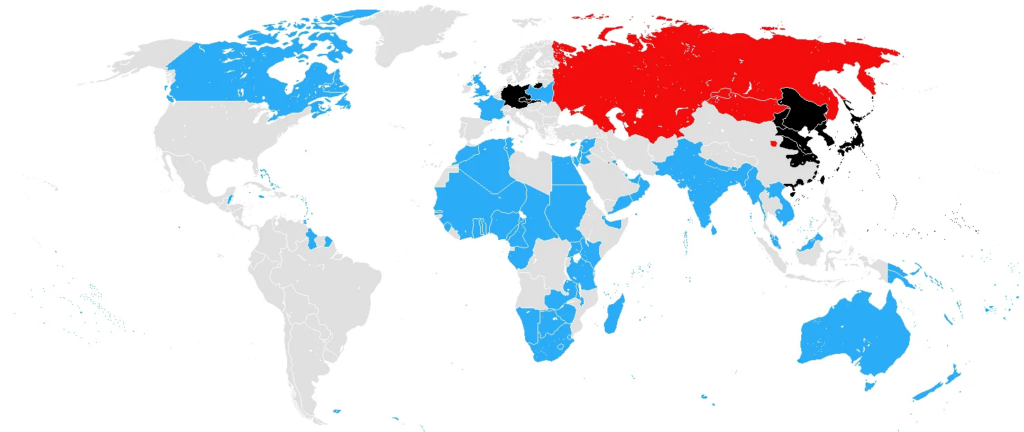
30 April 1939 AD – 31 October 1940 AD
- The 1939-40 New York World’s Fair takes place, featuring (among others) the Futurama exhibit, which would eventually provide this television show’s name.
1940 AD
- May 14 – German Bombing of Rotterdam
- July 10-October 31 – Battle of Britain
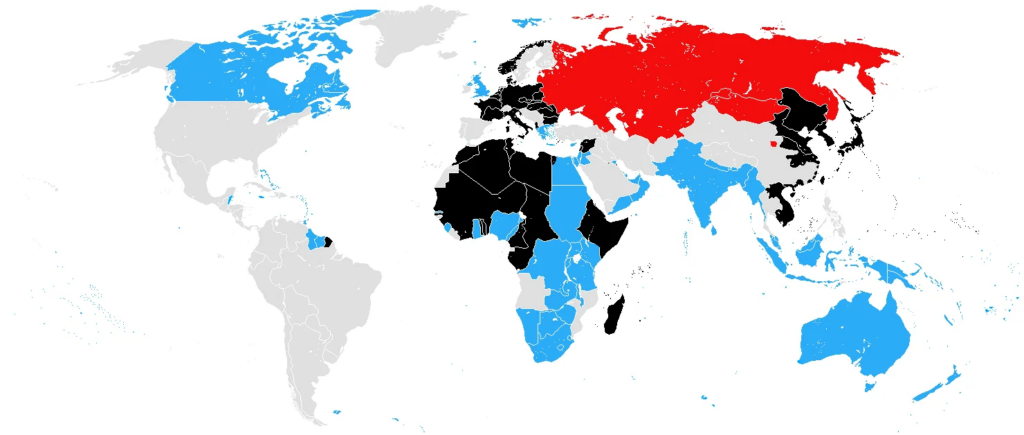
1941 AD
- May 20 – June 1 – Battle of Crete
- June 25 – WWII: Finland (as a co-belligerent with Germany) attacks the Soviet Union, starting the Continuation War.
- June 22-December 5 – WWII: Operation Barbarossa:
- August 23 – September 26 – Fisrt Battle of Kiev
- September 8 – WWII: Siege of Leningrad – German forces begin a siege against the Soviet Union‘s second-largest city, Leningrad. Stalin orders the Volga Germans deported to Siberia.
- December 7 – Attack on Pearl Harbor:
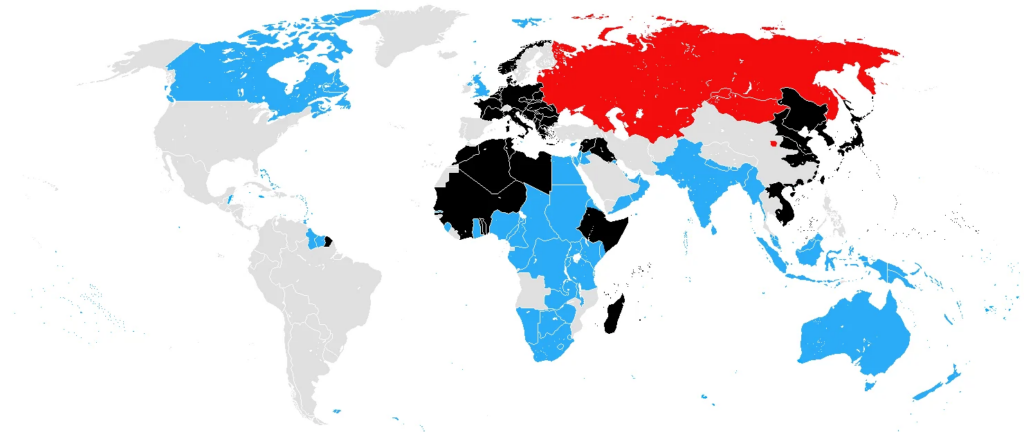
1942 AD
- April 18 – Doolittle Raid
- October 23–November 4 – WWII: Second Battle of El Alamein: British troops go on the offensive against the Axis forces.
- November 8-16 – Operation Torch:
- November 27 – WWII: At Toulon, the French navy scuttles its ships and submarines, to keep them out of Nazi hands
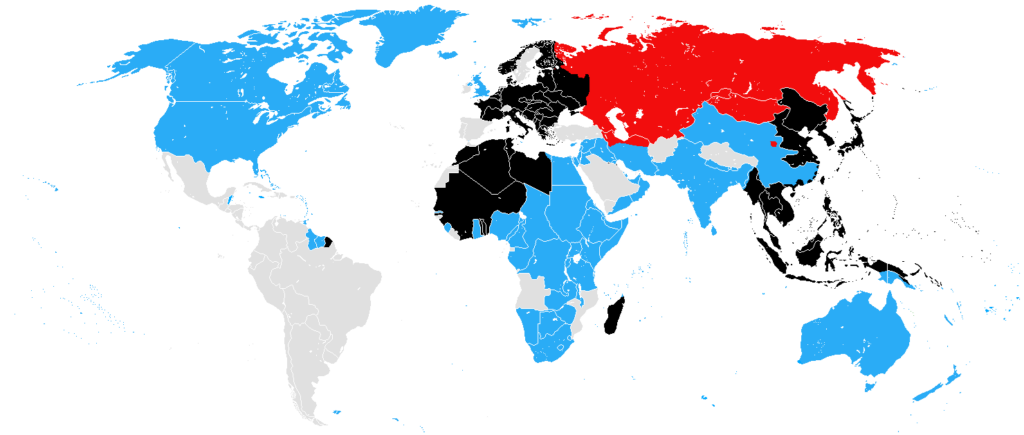
1943 AD
- January 14–24 – WWII: Casablanca Conference: Franklin D. Roosevelt, President of the United States; Winston Churchill, Prime Minister of the United Kingdom; and Generals Charles de Gaulle and Henri Giraud of the Free French forces meet secretly at the Anfa Hotel in Casablanca, Morocco, to plan the Allied European strategy for the next stage of the war.
- April 19-May 16 – Warsaw Ghetto Uprising
- July 5-August 23 – Battle of Kursk
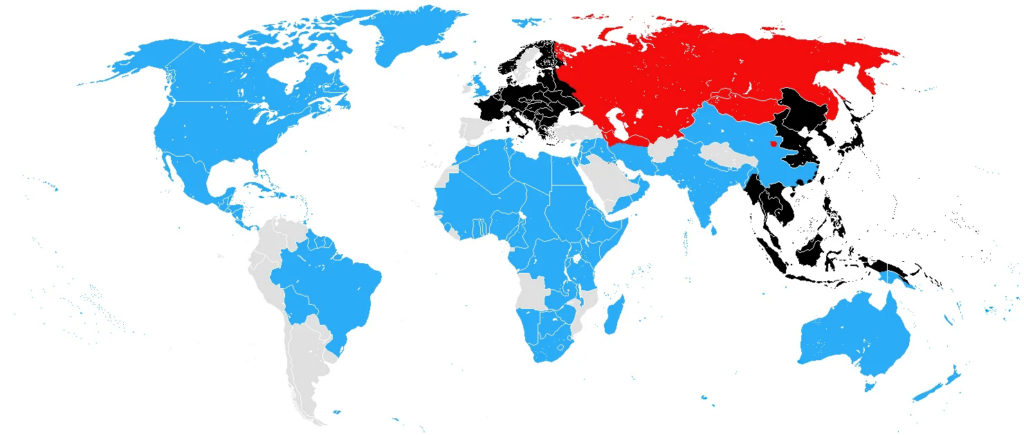
1944 AD
- January 17-May 18 – The Battle of Monte Cassino
- February 22-23 – Soviet bombing of Stockholm and Strängnäs in 1944
- June 6 – WWII: D-Day: 155,000 Allied troops shipped from England land on the beaches of Normandy in northern France, beginning Operation Overlord and the Invasion of Normandy. The Allied soldiers quickly break through the Atlantic Wall and push inland, in the largest amphibious military operation in history. This operation helps liberate France from Germany, and also weakens the Nazi hold on Europe.
- August 1-October 2 – Warsaw Uprising
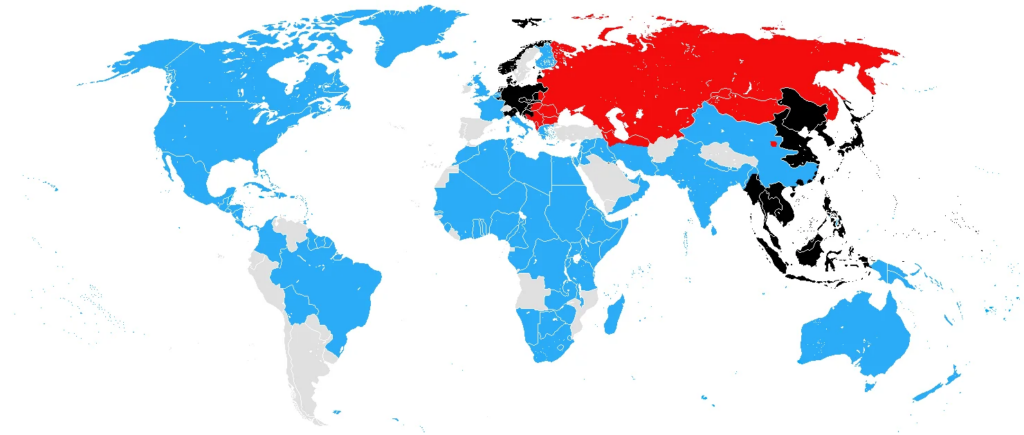
1945 AD
- February 4–11 – WWII: President Franklin D. Roosevelt, Prime Minister of the United Kingdom Winston Churchill and Soviet leader Joseph Stalin hold the Yalta Conference.
- February 13-15 – Bombing of Dresden
- April 30 – Adolf Hitler, along with his wife Eva Braun, commits suicide
- May 7 – Sweden’s Prime Minister Per Albin Hansson says after Germany’s capitulation about Sweden that it is a “joy that the country was able to be kept out of the war, and managed to avoid the destruction that prevails in the rest of Europe/Peace party on Kungsgatan in Stockholm, Sweden
- September 2 – World War II ends:
- Japanese general Tomoyuki Yamashita surrenders to Philippine and American forces at Kiangan, Ifugao.
- The final official Japanese Instrument of Surrender is accepted by the Supreme Allied Commander, General Douglas MacArthur, and Fleet Admiral Chester W. Nimitz for the United States, and delegates from the United Kingdom, Australia, New Zealand, the Netherlands, China, and others from a Japanese delegation led by Mamoru Shigemitsu, on board the American battleship USS Missouri in Tokyo Bay.
- General Douglas MacArthur is given the title of Supreme Commander Allied Powers, and is also tasked with the occupation of Japan.[48]
- The Democratic Republic of Vietnam is officially established, by Ho Chi Minh
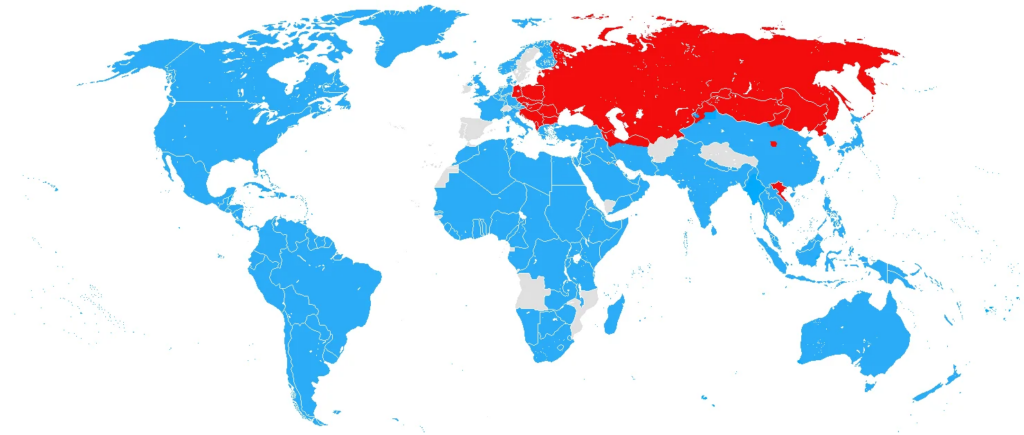
Post World War 2
- October 24
- The United Nations is founded by ratification of its Charter, by 29 nations.
- The International Court of Justice (“World Court”) is established by the United Nations Charter.
- Norwegian Nazi leader Vidkun Quisling is executed by firing squad, for treason against Norway.